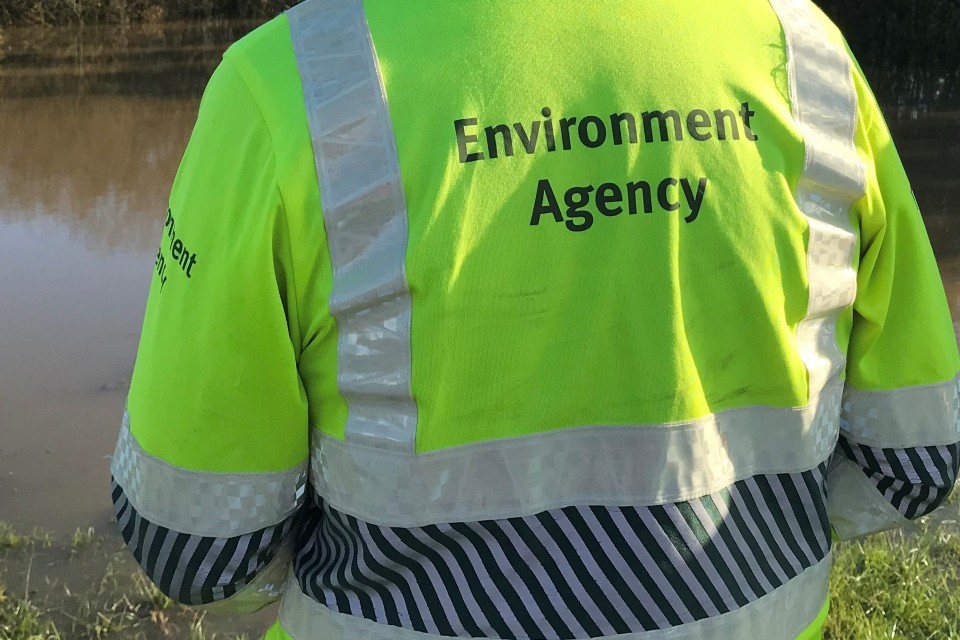
Yorkshire Becomes England’s Second Drought Region
Yorkshire has become the second region to enter drought status following the driest spring in 132 years.
Yorkshire has become the second region to enter drought status following the driest spring in 132 years.
The Environment Agency announced the change in status today (12th June 2025) following declining river flows and groundwater levels because of the dry March, April and May.
The decision sees the regulator stepping up its operational response in Yorkshire, whilst making sure water companies deliver the actions agreed in their drought plans.
This includes speeding up the fixing of leaks and communicating with customers on how to reduce demand to preserve supplies.
In the meantime, the National Drought Group will continue to meet regularly over the summer and is receiving updates on the situation.
Claire Barrow, Yorkshire Environment, Planning and Engagement Manager, said:
Our climate is changing, and we had 22 days of almost no recorded rainfall in May.
While we have had some rain at the start of June, it has not been enough to reverse the impacts of the prolonged dry weather.
We are working with Yorkshire Water to make sure they enact their drought plans. We also encourage people to be aware of the environmental impacts of droughts as we enter the summer period and note the small steps we can all take to save water.
Water Minister Emma Hardy said:
I am receiving regular updates from the Environment Agency.
I’m doing everything in my power to hold Yorkshire Water to account to ensure we have the regular supply of water that is needed across the region.
The government is taking decisive action to secure our water supply for the decades to come. That’s why we are building nine new reservoirs and upgrading pipes to cut leakage by 17%.
The north-west of England entered drought status on 21st May. The recent wet weather in the region has helped stabilise the situation and improve reservoir levels, but the area remains in drought.
Yorkshire received 66% of the long-term average May rainfall while England has experienced its driest spring since 1893.
Across the country, England has only seen 57% of the long-term average rainfall for last month. Three areas – the north-east, east and west midlands – are also experiencing prolonged dry weather.
Periods of dry weather and low rivers can have several consequences for the environment and wildlife. Low oxygen levels in water can lead to fish kills, as well as more algal blooms and lower river flows prevent wildlife from moving up or downstream. The EA has moved over 500 native, white-clawed crayfish to a safer location as experts are concerned about water flow in the area.
Hot and dry weather can increase wildfires, severely damaging vulnerable areas of heathland and moorland. Yorkshire has seen several wildfires on the Pennine moorland, including large fires at Marsden Moor, Wessenden, and Rishworth Moor.
Crop failure is also a major impact of drought while low water levels make navigation difficult on canals and some rivers.
There are a number of closures and restrictions in place to preserve water across the Canal & River Trust network, predominantly on the Leeds & Liverpool Canal.
There are simple ways people can help save water, including taking shorter showers, using water from the kitchen to water plants, and fixing leaky toilets.
https://www.gov.uk/government/news/yorkshire-second-region-in-england-to-move-into-drought-status
